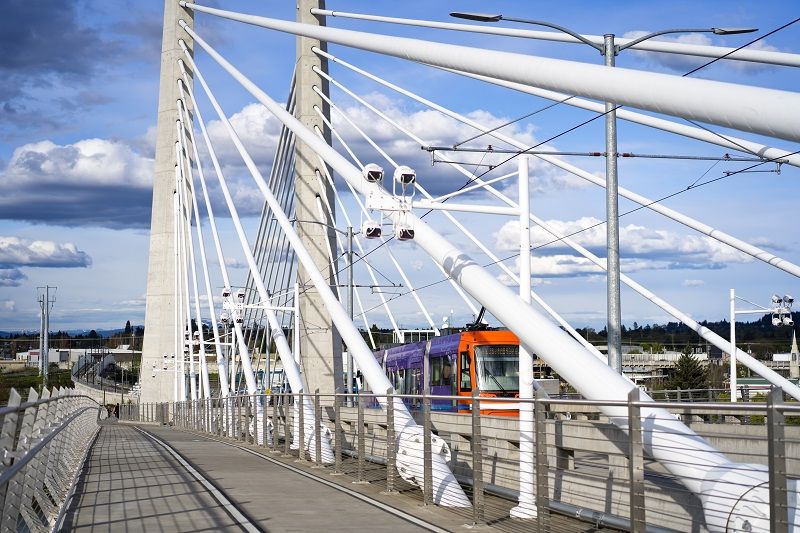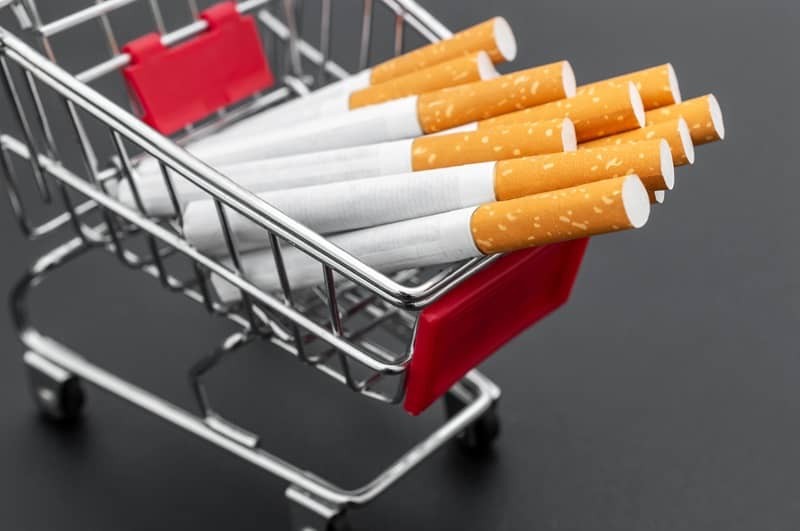

April 15, 2009
Overview
Environmental trends over long periods of time matter more than measurements at any given moment. Also, pollution per unit of economic output is the key to measuring economic sustainability. Listen to John’s testimony at 42:08-46:20 and his answer to questions by Representative Cannon at 50:15-52:51.
Having DEQ express trends in terms of “pollution intensity” (total air and water emissions per unit of state GDP) would provide a useful way of determining whether or not we are making progress.
- Total emissions can be deceiving; not all releases or waste products pose threats to the ambient environment or public health.
- Allocation of scarce dollars should be prioritized on the basis of localized benefits relative to localized costs. Projects or programs whose benefits are speculative, long-term and/or diffuse should be at the bottom of the list.
- Overall, we do not have a crisis. By virtually any objective measure, Oregonians have safer air, water and food today than at any time in the state’s history. Nonetheless, the agency’s budget and staffing levels tend to grow each biennium. This is largely the result of “mission creep” (both agency-wide and within the legislative body) and the failure to separate “wants” from “needs”.
- To the extent that we have “problems” today, in many cases it is only because we’ve increased our expectations by tightening regulations (e.g., moving from the original CAA TSP standard to PM-10, and then to a PM 2.5 standard over time). Very few Oregonians are actually at risk of chronic exposure to toxic or hazardous pollutants that would lead to health problems.
Comments on Key Performance Measures
It’s questionable how relevant these are to the real world. Some are tied to internal bureaucratic objectives, which may be important for measuring worker productivity but don’t have much to do with the ambient environment. Others are misleading in terms of how they characterize public health or environmental threats (e.g., KPM 8 (mercury) and KPMs 10a and 10b (water quality trends). KPM 13a (cancer risks from toxic air pollutants) relies almost entirely on computer models using very old data. It would be better to eliminate this KPM altogether.
Policy Option Packages that should be eliminated or put at the bottom of the list
Package 116: Clean Air Transportation Collaborative. With regard to improving transportation efficiency, planning is the problem, not the solution (Exhibit A: Metro). The two things we haven’t yet tried to reduce transportation-related emissions are the two policies most necessary: market-based road pricing and deregulation of the monopolized transit industry. If we implemented these two policies, we could probably repeal the DEQ vehicle I/M program.
Package 132: Mandatory take-back of consumer waste products. Consumers should be held accountable for the proper disposal of the products they buy, and those who do behave responsibly (the majority) should not be punished with back-door taxes imposed at the time of product purchase. Mandatory programs also squelch the evolution of innovative recycling pilot projects in the marketplace.
Package 110: Greenhouse gas reductions. This suffers from a very low benefit/cost ratio. To the extent there are any social benefits (questionable given that CO2 is nature’s great ambient fertilizer), they are long-term and global in nature. Yet the costs will be immediate and local. Oregonians should not be forced to “take one for the world team”, especially since Oregon is already a very low-carbon state.
Comments on 30% GF reduction options
#5 – Eliminate Oregon Plan Biomonitoring: Salmon recovery already consumes vast levels of financial resources through other state/federal programs. It seems like this is one area where an $860,000 cut could be absorbed without too much damage.
#7 – Reduce Clean Diesel Outreach: Business trade associations should step up to do this outreach, since their members stand to benefit from generous subsidies.
#19 – Communications and Outreach: Desirable but not essential.
#20, 25 and 26 – Orphan Site Cleanups: Hazardous waste sites tend to be over-rated as threats. Few people are typically exposed, which makes these low-risk items to cut.
#21 – Hazardous Waste TA: I’m not sure regulated entities need these services.
#29 – Outreach on Toxic Air Pollutants: Desirable but not essential.
#30 – WQ Monitoring Support for Toxic Pollutants: Desirable but not essential.











